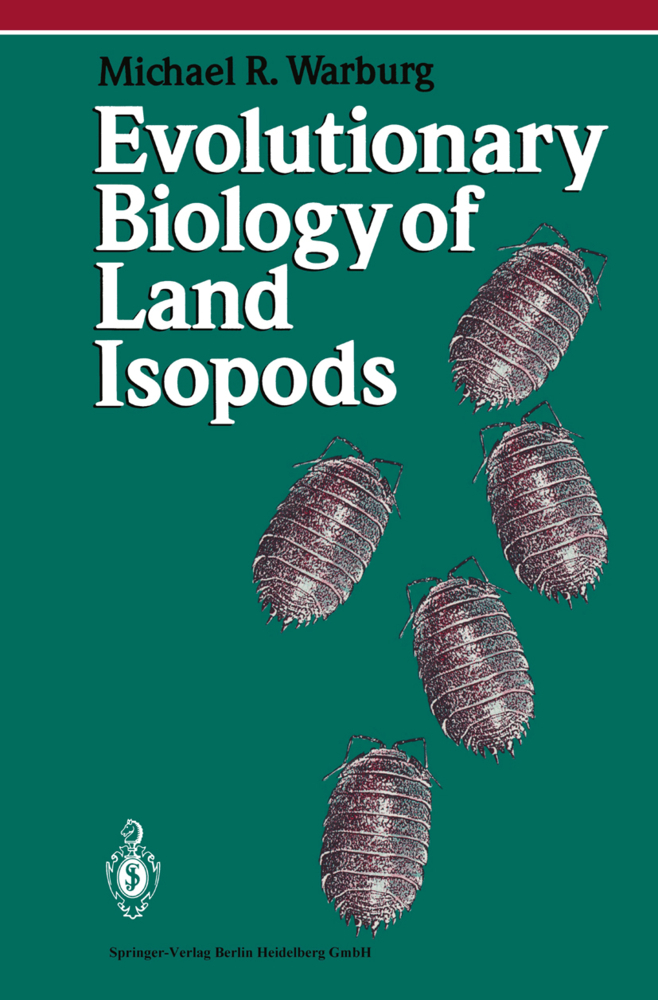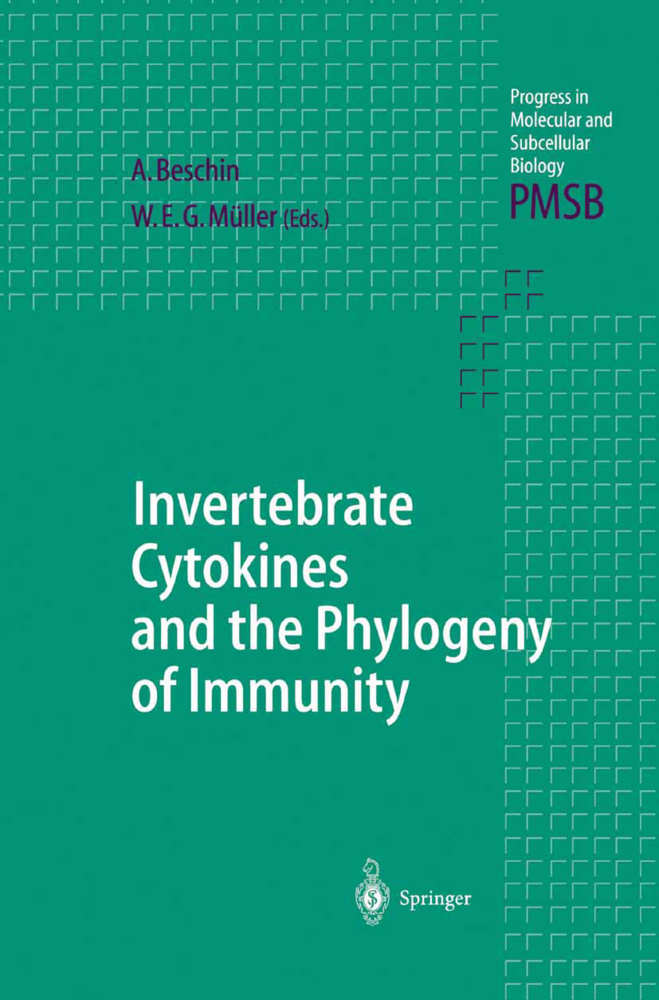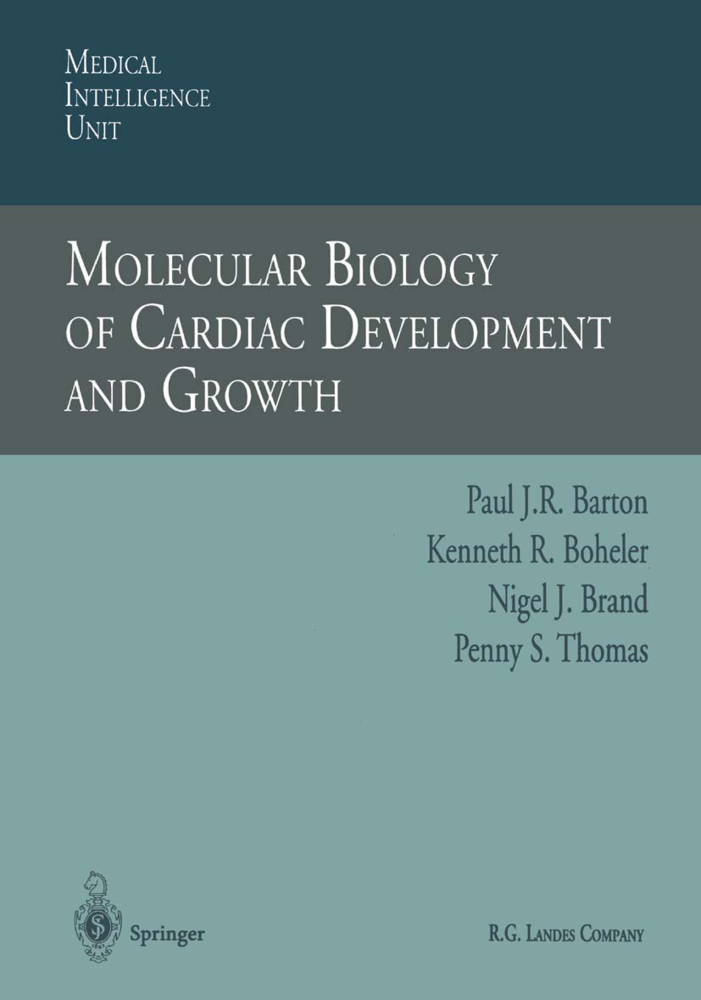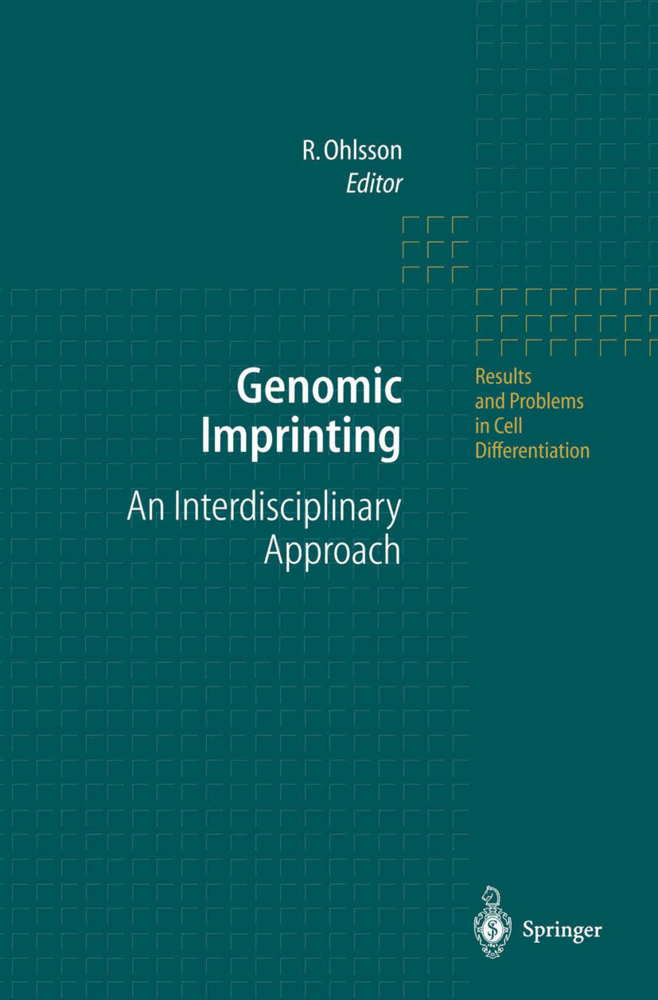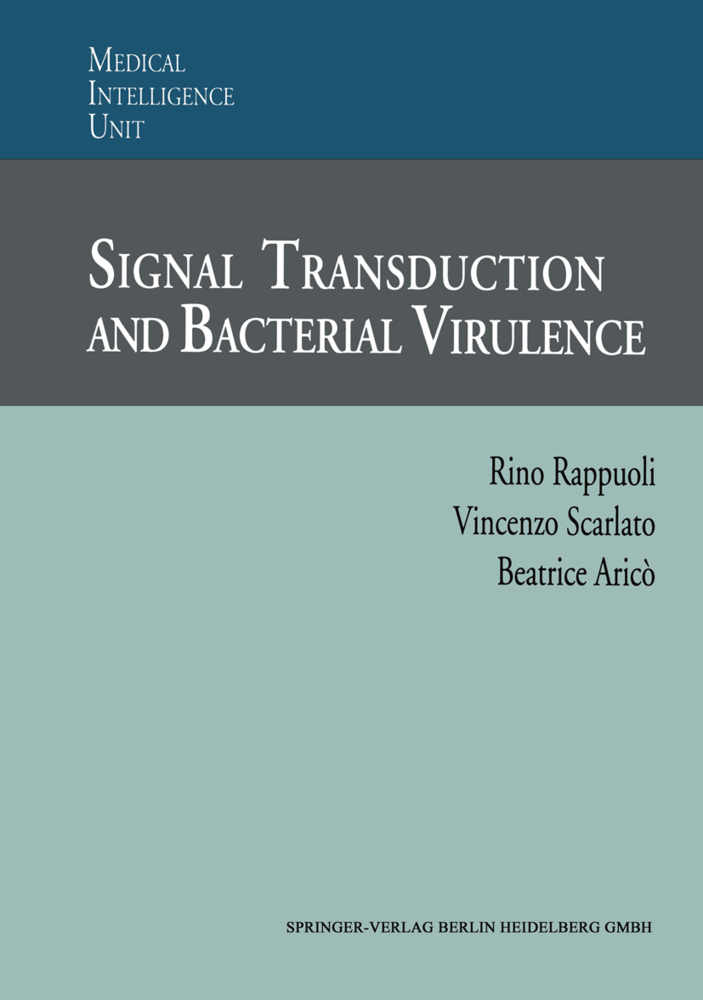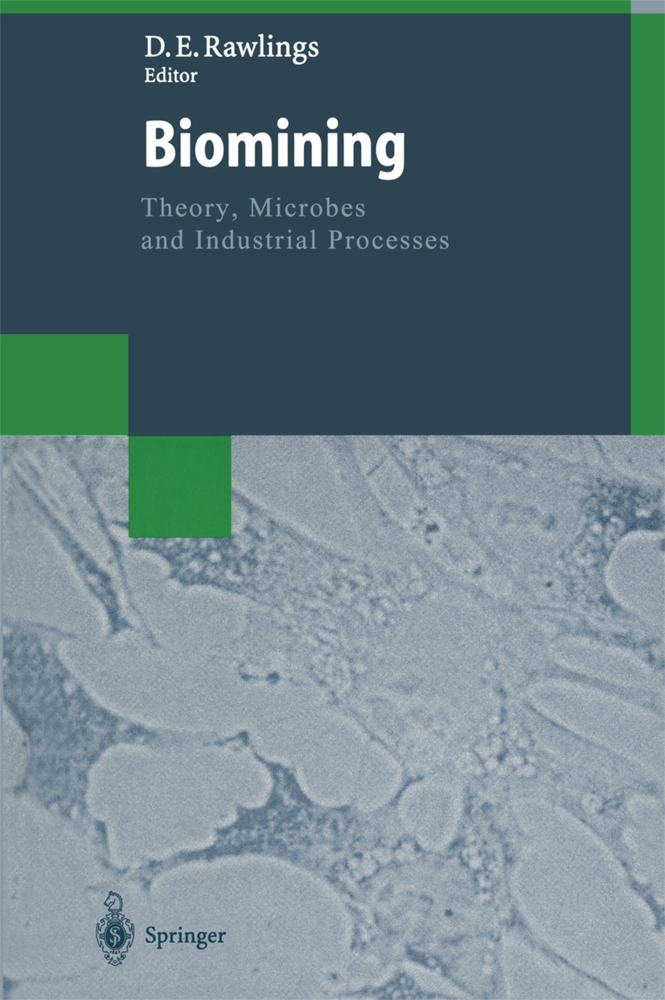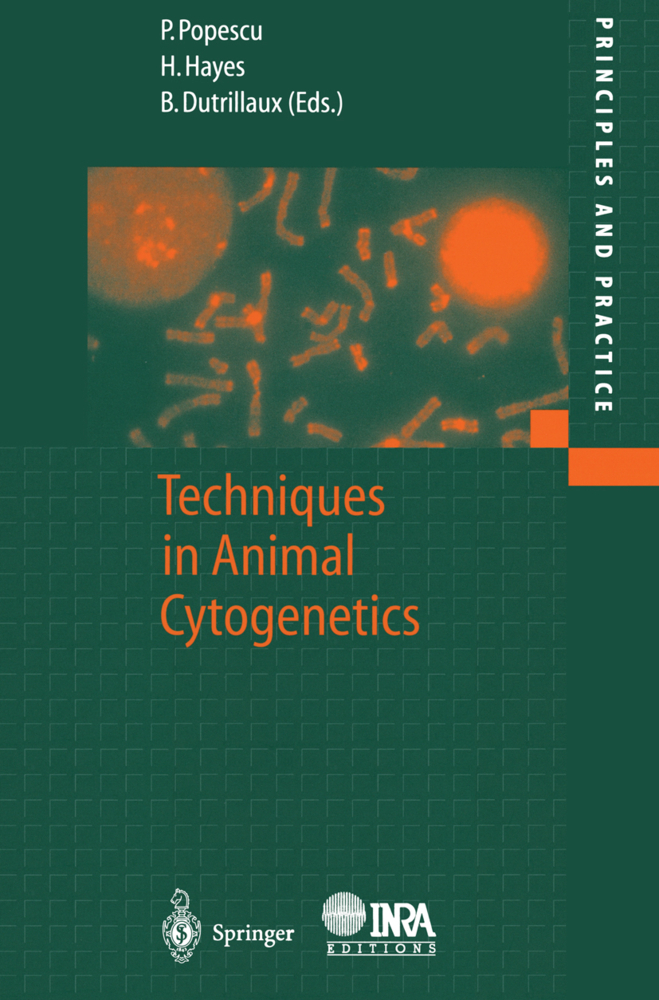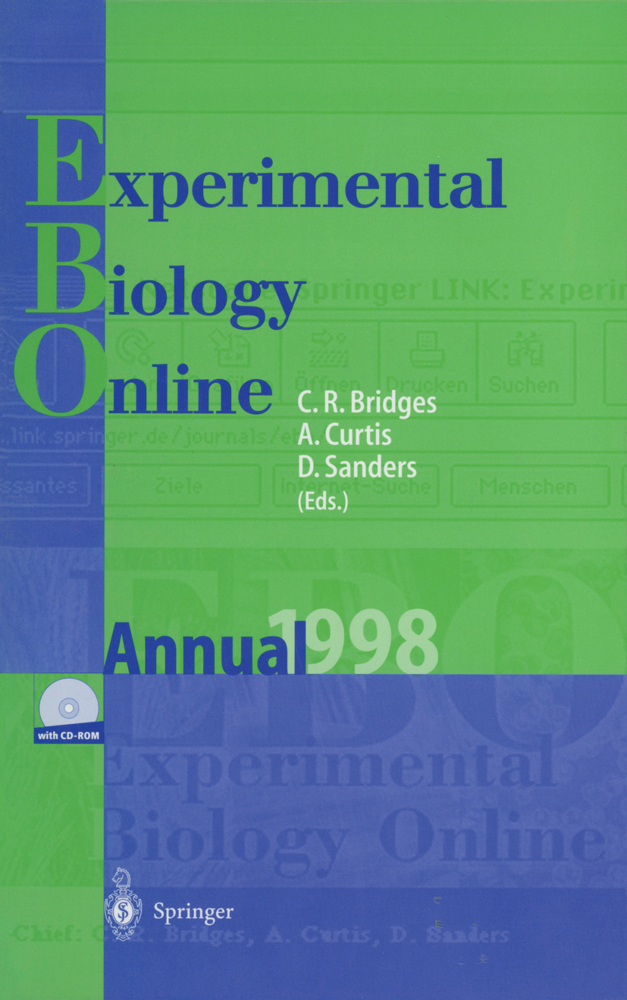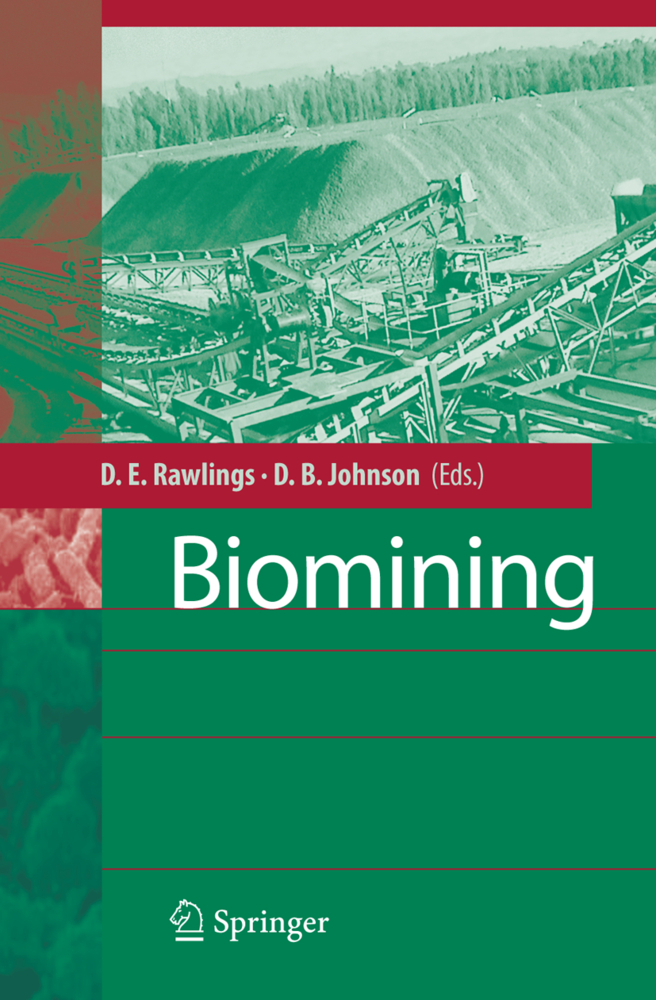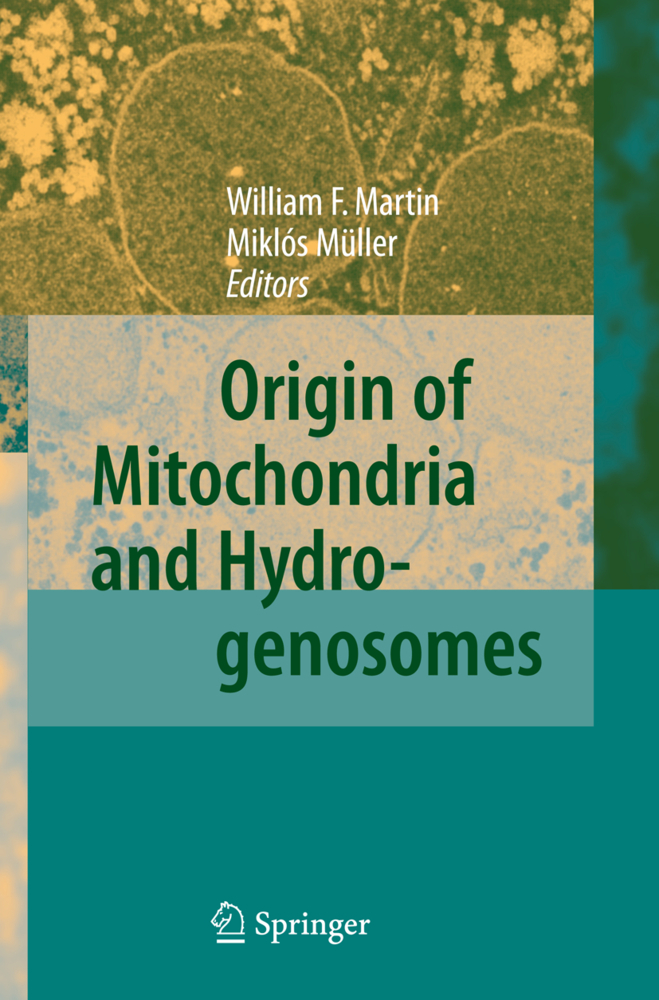Evolutionary Biology of Land Isopods
Evolutionary Biology of Land Isopods
Already as a young boy, I used to walk with my late father, an ardent naturalist at heart, though to his regret not by profession, in the fields and woods on Mt. Carmel where we lived. My father, being largely an amateur ornithologist but also loving other vertebrates, was less inter ested in the little creatures(-the invertebrates) so abundant under stones. These were, more often then not, isopods which are particularly abundant in the Mediterranean region of northern Israel, and therefore not difficult to encounter (Fig. 1). Thus, my interest in the terrestrial isopods started at an early stage. Many years later, after graduating from the Hebrew University, Jerusalem, I worked as an assistant to my late friend and colleague, Professor Michael Costa, at the Teachers Seminary in Oranim. One day I found on my desk a copy of Edney's (1954) paper: Woodlice and the land habitat, which my friend left for me knowing of my interest in this group. Therefore, due to the stimulus of Edney's paper, and the many interesting questions it raised in my mind, I developed a lifelong interest in this amazing crustacean group. My research in the ecophysiology of this group followed to a large extent the directions formulated by Edney and Cloudsley-Thompson whose name will be mentioned throughout this book. I am also indebted to the many stimulating discussions with my friends and colleagues C. S. Crawford, K. E. Linsenmair, and E.
3 The Brain, Endocrine Glands and Control of Physiological Functions
4 Respiratory Organs and Respiration
5 Excretory Organs and Excretion
6 Water and Thermal Balances of Terrestrial Isopods
7 The Gut, Hepatopancreas and Digestion
8 Resource Utilization and Energy Expenditure
9 Behavioural Responses
10 Distribution Patterns of Isopod Species in Different Habitats
11 The Reproductive System and Reproduction
12 Population Structure and Fluctuation
13 Conclusions
References
Species Index.
1 Taxonomy
2 The Integument and Moult3 The Brain, Endocrine Glands and Control of Physiological Functions
4 Respiratory Organs and Respiration
5 Excretory Organs and Excretion
6 Water and Thermal Balances of Terrestrial Isopods
7 The Gut, Hepatopancreas and Digestion
8 Resource Utilization and Energy Expenditure
9 Behavioural Responses
10 Distribution Patterns of Isopod Species in Different Habitats
11 The Reproductive System and Reproduction
12 Population Structure and Fluctuation
13 Conclusions
References
Species Index.
Warburg, Michael R.
| ISBN | 978-3-662-21891-4 |
|---|---|
| Artikelnummer | 9783662218914 |
| Medientyp | Buch |
| Auflage | Softcover reprint of the original 1st ed. 1993 |
| Copyrightjahr | 2013 |
| Verlag | Springer, Berlin |
| Umfang | XI, 161 Seiten |
| Abbildungen | XI, 161 p. 91 illus. |
| Sprache | Englisch |

